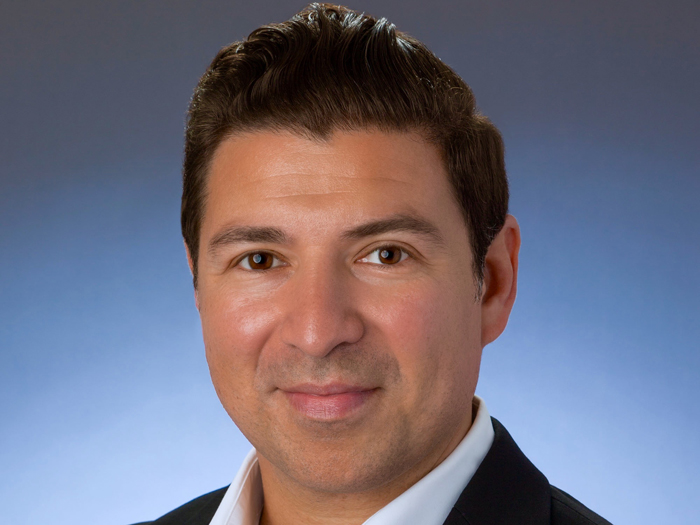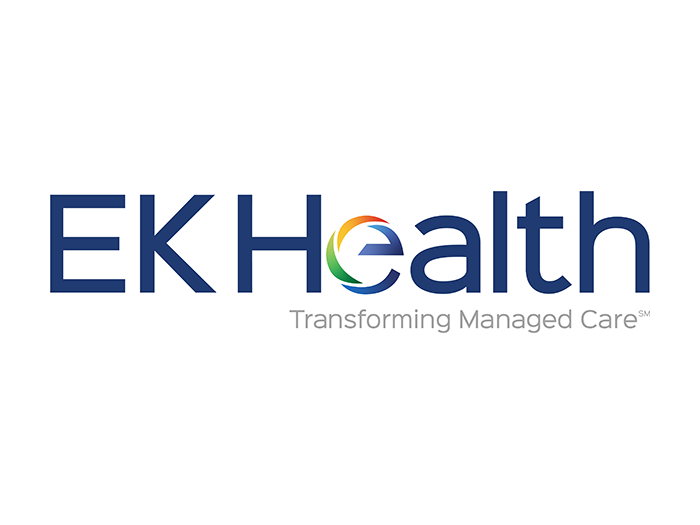Sponsored: AXA XL
Property Losses from Catastrophes Are Getting Worse. Data Transparency and Teamwork Are Key to Reduce the Risk
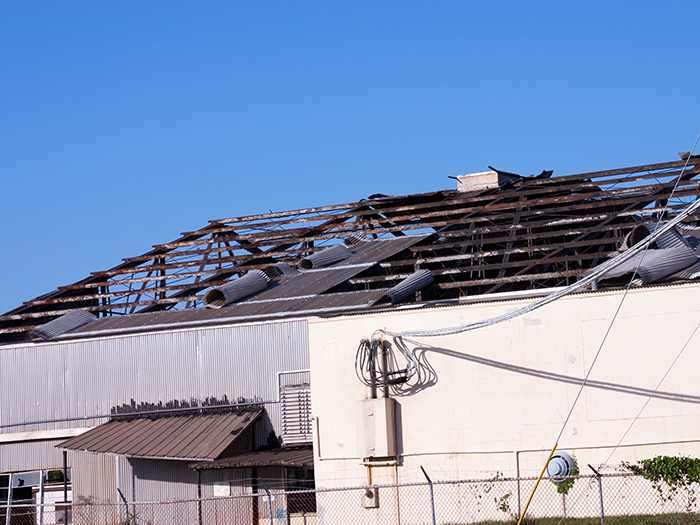
Increasing intensity of natural disasters and more unpredictable weather has made managing property exposures more challenging than ever.
Climate scientists say the 2017 hurricane season — the most expensive in U.S. history — could be a harbinger of more severe storms to come. The slowly rising sea level is contributing to more frequent flooding, and NOAA predicts that severe floods are likely to worsen. Wildfires, fueled by parched forests and high winds, are trending up in size as wildfire seasons grow longer.
However, more sophisticated technology and data analysis tools can help risk managers more proactively assess and mitigate their exposures.
“The more you know about a risk, the better prepared you can be,” said Mark Evans, Head of North America Property Claims, AXA XL. “A growing volume of data and advanced analytical capabilities allow insurers and insureds to make better risk decisions.”
Better processes at the front end of the insurance transaction can also help companies better prepare for and recover from losses. Some carriers are bringing more of their internal resources to bear much earlier for clients to help proactively mitigate risk.
AXA XL’s three-pronged approach leverages engineering expertise, data insights, and internal teamwork to more proactively mitigate property loss.
1. Risk engineering consultants coach clients through mitigation recommendations.
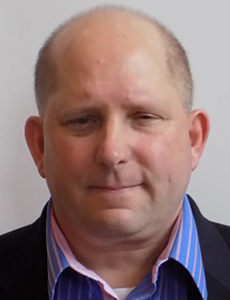
Mark Evans, Head of North America Property Claims, AXA XL
Risk engineers are best equipped to evaluate a property’s vulnerabilities and recommend ways to mitigate them. It’s not uncommon for an insurer to send out a risk consultant or engineer to a new client’s site to do just that, but often these surveys are limited to once per year.
Companies need more than a single visit from a risk engineer to make the most of their feedback.
“Our field engineers have more touch points with clients than anyone else. They are out in facilities every day, meeting with clients throughout the year,” said Scott Ewing, Regional Director, Property Risk Engineering, AXA XL. “We did more than 5,500 surveys of facilities last year in North America.”
Spending more time with clients means engineers can adopt the role of risk coach, actively helping risk managers prioritize and implement new protocols. That includes everything from training front-line employees on new procedures, to helping to select new building materials for capital improvement projects.
“When a client’s going to embark upon a project, whether it’s installing fire protection or building a new facility, we’ll work with them on selecting the proper materials, making sure the roof is proper for their windstorm rating, for example,” Ewing said. “It is a full suite of services that we offer our clients to help them manage their risk from the ground up.”
2. Data transparency empowers risk managers to be proactive.
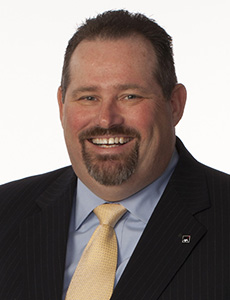
Scott Ewing, Regional Director, Property Risk Engineering, AXA XL
While risk consultants conduct site surveys, they are collecting reams of detailed information about the property, including both its strengths and weaknesses. Many carriers take an exception reporting approach, letting clients know only about the problems discovered, but keeping the full breadth of the report to themselves.
Some carriers withhold that information because they view releasing it as a competitive disadvantage. The client could take a full report, after all, and use it to market themselves to other insurers. Most carriers don’t want their competitors to see the data used to underwrite a risk.
“They’ll provide a risk score and a list of recommendations, but we think a more collaborative and transparent approach benefits everyone,” said Michele Sansone, Chief Underwriting Officer, North America Property, AXA XL.
“We give our clients the full construction, occupancy, protection and exposure data, full hazard write-ups, and all of the secondary characteristics they can use for their own CAT modeling. We believe it’s their data, and they should own it.”
Ultimately, providing companies with this data enables a more proactive approach to resiliency, which reduces the potential severity of future losses.
“We’re populating a database through which clients have full access to all of their data. And we’re providing more visualization so that risk managers can make better business decisions on how to improve their risks,” Evans said.
3. Internal integration improves both loss prevention and recovery efforts.
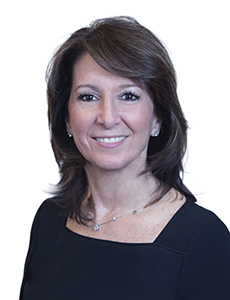
Michele Sansone, Chief Underwriting Officer, North America Property, AXA XL
Collaboration among risk engineering consultants, claims professionals and underwriters from the very beginning of a client relationship also enables better loss prevention, as well as faster recovery when a claim does happen.
“In addition to a risk engineering consultant, a claims person is assigned to every new submission we receive. Underwriting, claims and risk engineering often go to client meetings together and work together on an account from the beginning,” Sansone said.
This has dual benefits for clients from both a loss prevention and recovery perspective.
“Our claims professionals have a front-line view of the losses coming in and can spot patterns. We take that information and look for ways to develop programs that address the common issues at the root of those losses,” Ewing said.
For example, the claims team at AXA XL noticed a large volume of non-flood-related water damage claims — the kind resulting from leaky or burst pipes. So, working with risk engineers, they developed a program called Waterworks that helps clients understand how to monitor their plumbing systems and take action when a leak is detected.
“Over the last two years since the engineers initiated the Waterworks program, we’ve actually seen a decrease in the volume of water losses following those artic freezes in North America than we have in years past,” Evans said.
A risk manager who is familiar with their claims contact before a loss can also get the ball rolling much faster when they do eventually need to file a claim. Especially after a catastrophe, recovery often involves many moving parts, and time is of the essence. Knowing who to call to report the loss right away removes one step and can help companies hit the ground running.
After earthquake struck Alaska in late 2018, “we were able to get people up there within the first week post-loss and began assessing the situation. It allowed us to get an advanced payment out much quicker. We gave them 60 percent of their limit within a matter of two weeks,” Evans said.
Quick recovery is also possible because — thanks to early alignment of risk consultants, claims managers and underwriters — policies respond they way that clients expect them to.
“Handling claims is normally 50 or 60 percent of what a claims person does. The rest of their time is spent interacting with clients and relaying back to underwriters if they think coverage is not going to operate the way that the insured wants,” Evans said.
A New Tool Drives Loss Prevention Forward
This integrated approach and a commitment to total data transparency have produced positive outcomes for clients even as the property risk landscape becomes more fraught.
A new client portal and data analytics platform called SiteForward is a continuation of those approaches.
SiteForward provides a centralized place for risk managers to view their reports across all of their locations, including mitigation recommendations. It includes tools for risk managers to calculate ROI on loss prevention actions, track progress on risk improvement projects, generate reports, create models to conduct “what if” analyses, view Nat Cat exposures anywhere in the world, and keep an eye on catastrophes as they unfold.
“This level of transparent data analysis means we can make decisions with clients in real-time, both before and after a loss,” Ewing said.
“It’s true that over the past few years we’ve seen a higher frequency in natural catastrophes, but we’ve also seen that our clients have been better equipped to deal with the aftermath and get back in business much quicker,” Sansone said.
“Doing more risk engineering work upfront, empowering the client to make better business decisions, and having more touch points all contribute to that result. SiteForward will help us do all three.”
To learn more, visit https://axaxl.com/.
This article was produced by the R&I Brand Studio, a unit of the advertising department of Risk & Insurance, in collaboration with AXA XL. The editorial staff of Risk & Insurance had no role in its preparation.






